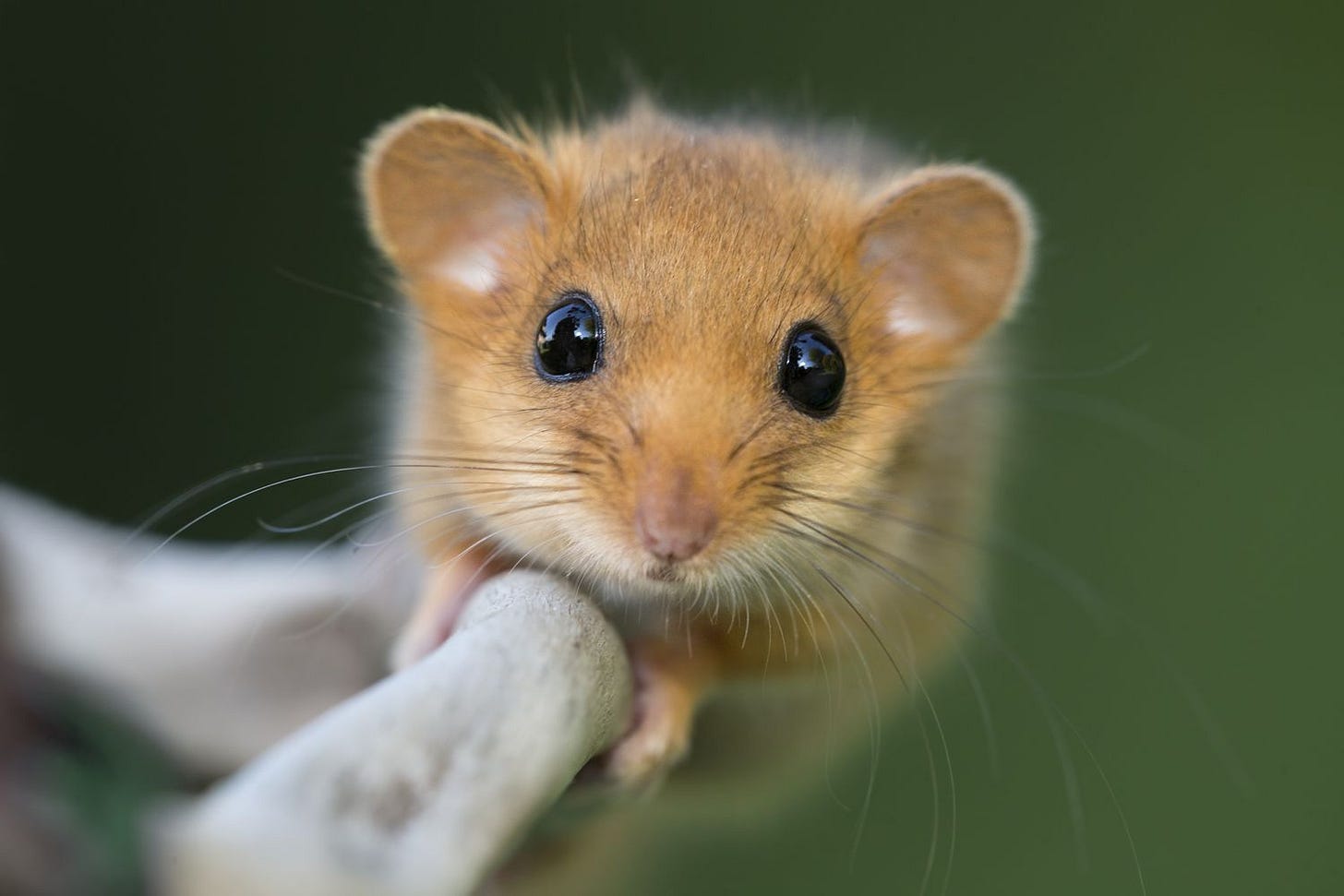The Importance of Bramble for Rewilding Parks and Gardens
Bramble is a cornerstone 'scrub' ingredient in rewilding and landscape restoration projects - here's our guide to using it.
Bramble, the 'obstinate weed', plays a vital role in rewilding and landscape restoration efforts. It's a key ingredient in the mosaic of habitats in LettsSafari parks. Its dense thickets provide shelter, food, and habitat for a wide range of wildlife, contributing significantly to biodiversity. In addition to supporting fauna, bramble aids in soil restoration and carbon sequestration. Less 'obstinate weed' than 'unsung hero' in ecological recovery projects. Climbing bramble can be easier to control than creeping bramble which needs to be tightly managed by humans in gardens and specific herbivores in parks.
Enhancing Biodiversity
Bramble (Rubus fruticosus) is one of the first plants to colonise open land, creating habitats that benefit various species. Its thorny, sprawling branches form dense cover, offering nesting sites for birds like robins, wrens and blackbirds, which use the protective thickets to breed protected from predators.
Mammals like hedgehogs, field mice, and badgers find shelter within bramble thickets, and the diverse structure of these bushes supports insects, including bees and butterflies. The complexity provides a year-round food source with its flowers, leaves, and fruits, enhancing the ecological web.
The berries themselves are a rich source of food, not only for birds but also for small mammals, creating a dynamic food chain. In turn, this attracts predators like foxes and owls, increasing the ecological diversity of the area. For example, the Dartford warbler, a species that thrives in low scrub, benefits from the cover and the abundance of invertebrates bramble supports, enhancing its chances of survival in rewilded landscapes.
Bramble plays a particularly important role in providing the dense, thorny undergrowth that the endangered dormice use for nesting and safe movement. The thickets give protection from predators and serve as highways, connecting different parts of the habitat while keeping the dormice hidden. Additionally, bramble produces flowers and fruits that supplement the dormouse diet, especially during late summer and autumn when preparing for hibernation.
At LettsSafari we advocate for bramble in corners of gardens and in parks. It can weave through wild hedges, cluster in more structured open scrub plants like gorse, hawthorn and hazel. In gardens it needs to be managed tightly, not being allowed to creep too far. While in parks herbivores will do this for you. But, it's worthwhile for all the amazing wildlife that it attracts. At LettsSafari's Dawlish Park we even weaved it in with dead hedges that we designed.
Keep reading with a 7-day free trial
Subscribe to LettsSafari+ to keep reading this post and get 7 days of free access to the full post archives.




